Abstract 8/2017
Table of content
Tomasz E. Burghardt, Anton Pashkevich, Marcin Piegza – Drivers’ perception of horizontal road marking with high retroreflectivity
Jacek Malasek – C-ITS in a Smart City
Gabriela Kołodziej, Wiesław Starowicz – Analysis of the quality of public transport provided by private carriers on the connection: Alwernia-Krakow
Krystian Siwek – Microsimulation models on the British Isles: theory and practice, part 1
Abstracts
Tomasz E. Burghardt, Anton Pashkevich, Marcin Piegza
Drivers’ perception of horizontal road marking with high retroreflectivity
Abstract: Risk of an accident to occur on unlit roads after dark is significantly higher as compared to daytime. Retroreflectivity of horizontal road marking is one of the factors improving safety on such roads. The use of standard glass beads can provide markings with initial retroreflectivity of approximately 350 mcd/m²/lx. On a test stretch was applied marking with high retroreflectivity, reaching, due to the use of SolidPlus glass beads, almost 600 mcd/m²/lx and wet night visibility over 100 mcd/m²/lx. Questionnaires aiming at verification of noticeability of the markings with high retroreflection were administered to drivers who travelled through the test stretch at night. Amongst 156 respondents, 64% of drivers did notice increased retroreflectivity of the horizontal markings. Most frequently it was observed by people who travelled a lot and frequently, regardless of the sex of respondents. Due to the much shorter distances traveled, women noticed higher reflectivity less frequently (54%) than men (73%). High retroreflection under wet conditions observed 88% men and 81% women. Very few responders were aware of increased risks associated with night-time driving: only 20% of men and 25% of women recognised risk of driving at night as high or very high whereas 54% of men and 30% of women considered the risk as low or nil. These answers serve as an evidence for insufficient driver education.
Key words: road safety, horizontal road marking, retroreflectivity
Jacek Malasek
C-ITS in a Smart City
Abstract: Indispensable for the Smart City idea deployment is to support innovations in the field of ICT – Information and Communication Technology. On the other hand, C-ITS (Cooperative Intelligent Transport Systems) development is the most important for making autonomous eco-mobility true. Four crucial factors of transport system arrangement in a Smart City are: intelligent society, intelligent mobility, intelligent road and intelligent vehicle. Intelligent eco-mobility means: SUMPs, sharing economy, MaaS and Smart Eco-travel Planners. C-ITS coordinates intelligent road with intelligent vehicle, connects all vehicles and vehicles with TMC – increasing road safety and traffic management efficiency. An intelligent road besides connectivity covers also energy and environmental issues. Well protected of cyberattacks road traffic automation makes possible further increase of a road safety and streets capacity, improving city environment as well.
Key words: Smart City, eco-mobility, intelligent road and vehicle
Gabriela Kołodziej, Wiesław Starowicz
Analysis of the quality of public transport provided by private carriers on the connection: Alwernia-Krakow
Abstract: The article presents results of studies on punctuality of carriers and the preferences and satisfaction of the inhabitants of the Alwernia Commune on the public transport operating between Alwernia and the city of Krakow. This passenger transport is characterized by low punctuality and low cost. Based on the results obtained, the passenger ranking of the importance marks of the quality symbol was compiled, qualitative gap was identified and examples of quality improvement methods were indicated.
Key words: passenger transport, public transport, private carriers
Krystian Siwek
Microsimulation models on the British Isles: theory and practice, part 1
Abstract: The article presents English and Irish approach and practices in simulation modeling field. This kind of analysis is often used especially for upgrades and designs of cities’ networks where high level of detail is required. Valid representation of real life traffic behaviors and interaction between all transport groups is a key element for all transportation analysis. The author put focus on selected modelling matters including choosing model area and gathering required data, as well as discussed microsimulation modelling techniques in PTV Vissim software. Both base year and forecast model building process were discussed on each stage of developing. Correctness of forecast scenarios is a key element for all transport projects, since high level of certainty is required for decision-making process in terms of the re-design both infrastructure and traffic organization. Forecast models should always be based on valid database and connected to other projects and reports to keep forecasts consistent. Valid analysis should be based only on proper forecast models, supporting all kind of decisions regarding transport issues.
Key words: microsimulation models, Great Britain, Ireland, Vissim, good practices

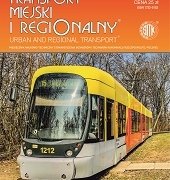
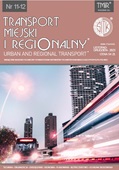 SITK
SITK 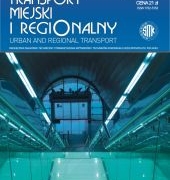 SITK RP
SITK RP 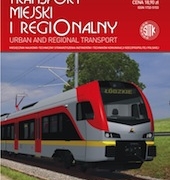 SITK RP
SITK RP 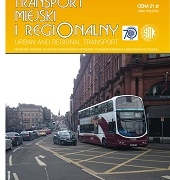 SITK RP
SITK RP 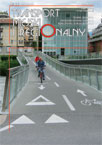 SITK RP
SITK RP 

